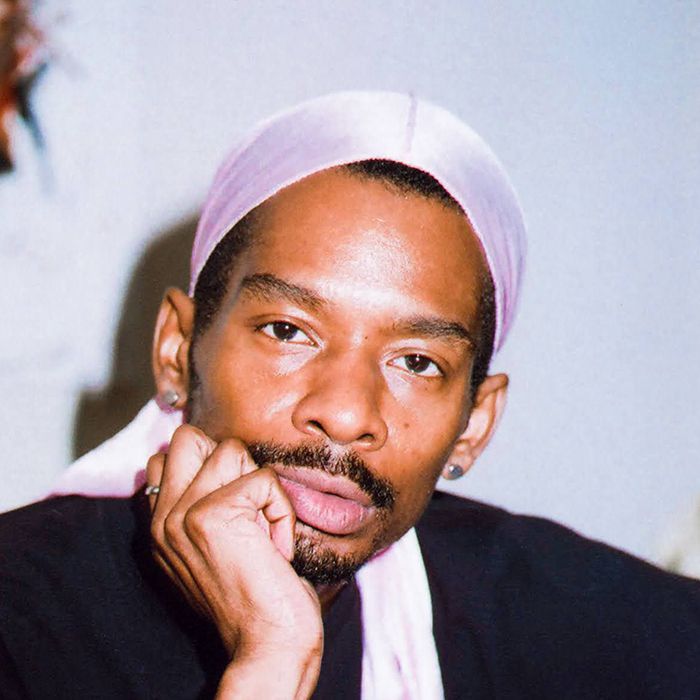
Meet Byrdie Boy and The Method Male creator Saleam T. Singleton. Each month, he’ll be covering beauty topics through the lens of self-care and culture.
When I sat down to start this column, I read every durag related article I could find. A lot has been said recently, especially within mainstream and pop culture. Its history is deep and mythological, all of the information was out there, but nothing felt personal. I knew I couldn't explore the impact of the durag without revisiting its impact on me, and the community I grew up in. I can't remember a time where owning at least one wasn't the norm. One of my first grooming experiences was tying down my hair after moisturizing and brushing. You couldn't keep your haircut fresh and neat if you didn't use a durag. It was an unspoken tradition, built around a simple piece of fabric. It's an item so widely available, but so personally defined. I wondered how it has lasted so long, where it came from, and where was it going. What makes the durag so unique that it defines decades of Black American culture?
What is a Durag?
A Little Durag History
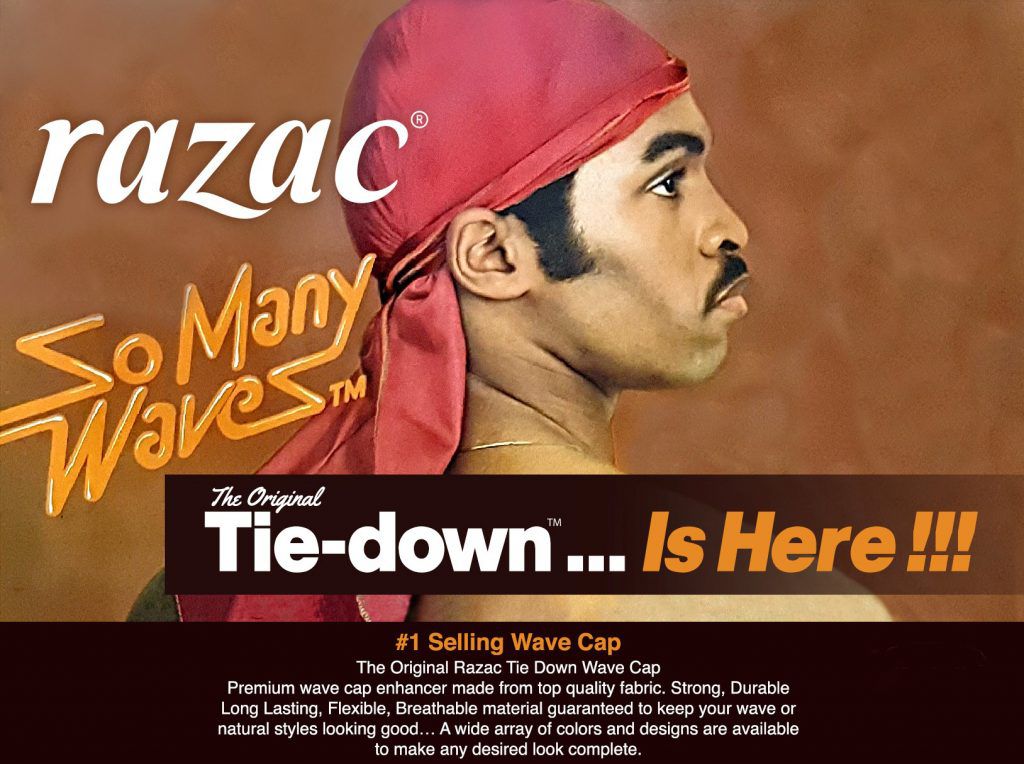
One of the earliest published records of the durag was in the June 1966 Akron Beacon Journal, then spelled "Do Rag." There, it was described as "a cloth band worn around the forehead as a sweatband to keep hair in place". They had evolved from the 19th-century when slave women used head wraps to keep their hair up and out of the way during labor. Companies like So Many Waves were credited for selling their version of the durag in the late 1970s, calling theirs the "Tie-down." It became a necessary tool for Black men, used to train their curl patterns or to lock down hairstyles during sleep. The durag remained exclusively functional until the 1990s, when it started to become a symbol of inner-city Black culture. Years before the fashion industry took notice, it had become fashionable in the streets. The durag transitioned from a haircare item into a legit style accessory, most notably popularized by hip-hop and reflected on the heads of men and boys throughout the country.
It's All About Waves

Growing up, the goal was always to have the best waves. Most of us had to train our hair to achieve that look. My technique was to spray my hair with water, apply Murray's pomade and oil, then brush until my arms burned. The process was completed by loosely tying down my durag (with the seam on the outside to avoid the dreaded forehead line). I would wake up the next morning with shiny, spinning waves. Having waves wasn't about fitting a standard of beauty and it wasn't being enforced by the outside world. Durags represented pride in natural hair, decades before hashtags existed. This ritual continues today, with #wavecheck videos all over social media. Each clip containing groups of young people proudly showing off their 360 waves (when their curl pattern creates a wave effect that wraps around their entire head). This has taken the style to new heights, turning into a friendly competition. Durags made it cool for Black men to care about the appearance of their hair.
A Style And Fashion Muse
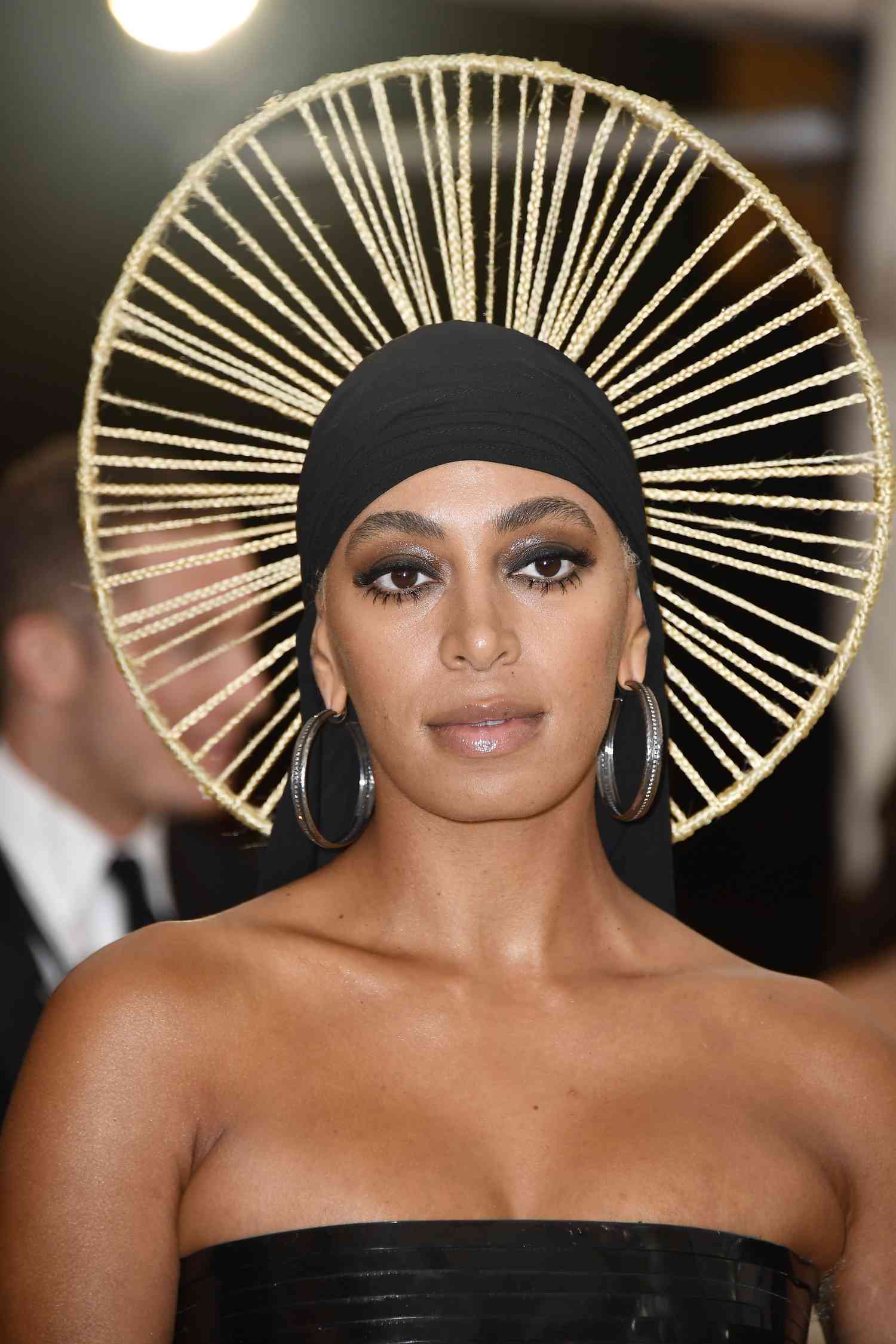
It's undeniable that high fashion has found inspiration from the durag. There have been subtle, and not so subtle interpretations on the runway (they were the talk of F/W 14 Rick Owens show). However, pulling it off takes a swagger that can't be borrowed. Solange Knowles effortlessly wore a halo adorned durag to the 2018 Met Gala. Before her, there was the rapper Cam'ron, who made pink durags a thing in the early 2000s. They became more flamboyant during that era. There are countless colors, prints, lengths, and fabrics available today. Durags are customizable to match any look or attitude. They manage to be street and punk at the same time. Durags make a statement, but it's more than just fashion. They are a piece of history that has remained intact, allowing the wearer to express who they are. That's why they're so fascinating in the way they have come to represent the styles of an often-misunderstood counterculture.
The Verdict: Icon Status
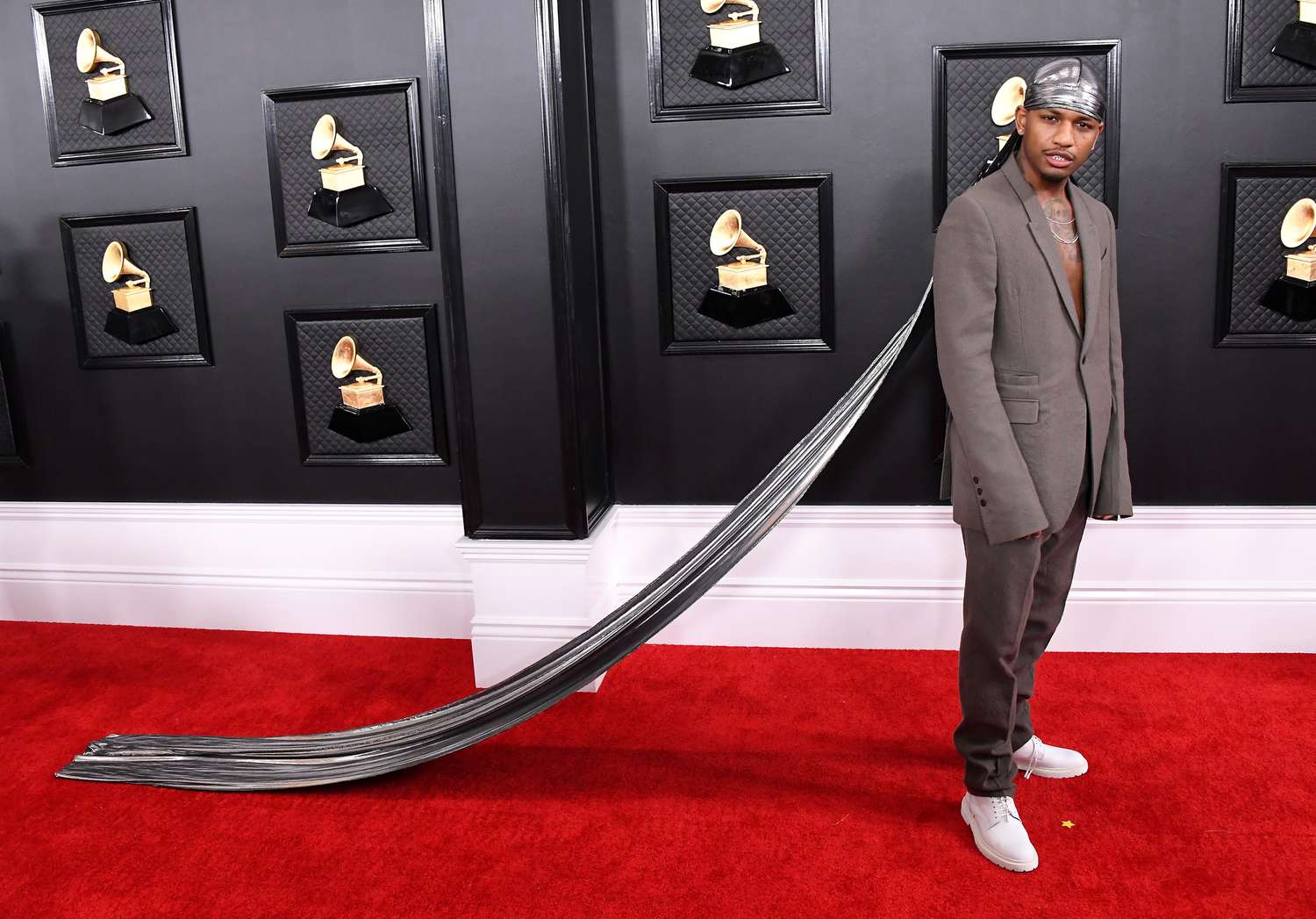
Durags have always been a part of my life. No one taught me how to use them—it just came naturally. I'm sure that speaks for many men and women around the world. From fresh Caesar cuts to braids, natural fros and every style in between, they have been counted on to help preserve and maintain Black hair. I also understand why they're such a recognizable object of personal style. Admittedly, I used to have a different durag to match every outfit (I have the family photos prove it). They have an ever-evolving influence and a legacy that is being handed down to newer generations. There are now festivals dedicated to them, with hundreds gathering in appreciation of the durag. They can be mundane or street couture masterpieces—it's always the same energy. Even if you never leave the house in one, you can't deny the importance of a good durag. It's the epitome of creating something from nothing. That's exactly what the culture is all about. Its place in history can't be erased. This is why the durag is a true icon.
Durag Materials
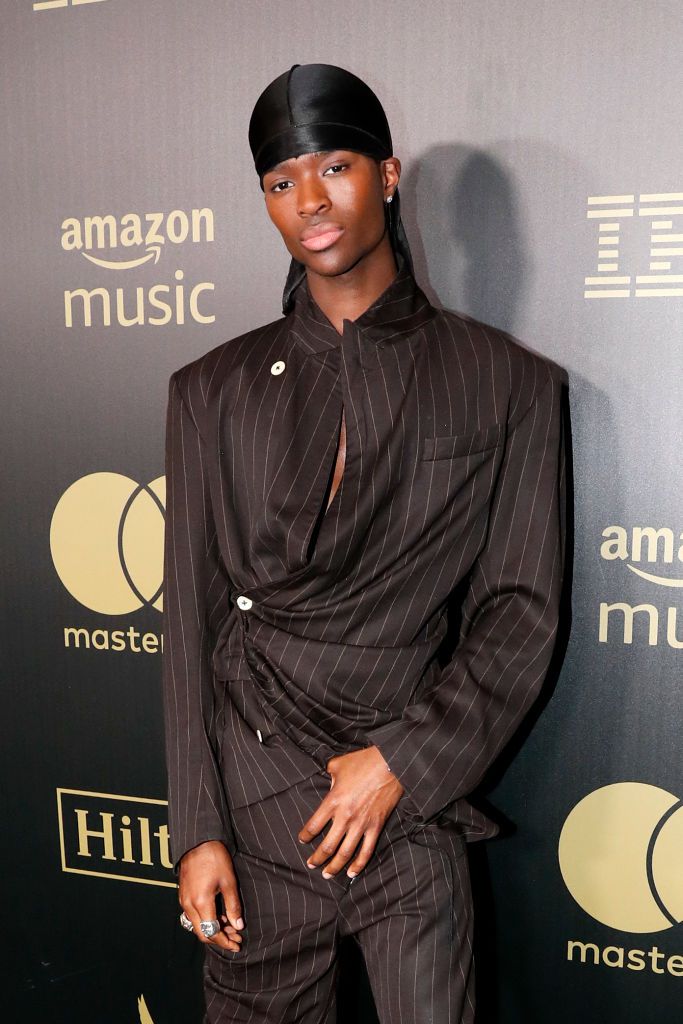
Durags can be made out of a few different materials. Some are actually helpful to keeping your waves on swim, while others are meant to be more of a fashion statement. If you're looking for a material that offers great hair protection, look for silk or satin durags. Velvet is another popular choice and most of the durags with this material have some sort of lining inside that'll keep your hair products from absorbing into the material.
How to Tie a Durag
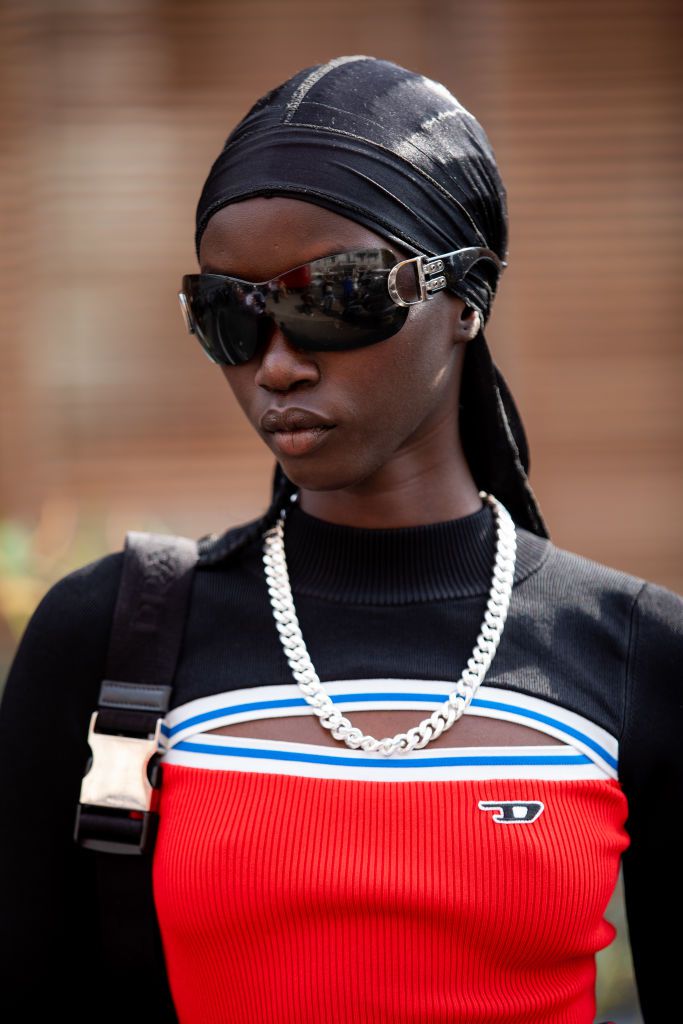
Tying a durag definitely isn't difficult, but a it does take a bit of know-how.
- First, place the durag on your head with the flap away from your face.
- Take a tie in each of your hands and use them to cross the ties into an X shape at the back of your neck.
- After you've made an X in the back, you'll want to take the ties in each hand again and make an X in the front as well—pro-tip, don't make it too tight or you might get a headache.
- Create a knot at the back of your head using the remainder of the ties
- The flap will be hanging down in the back at this point. You can choose to leave it or you can tuck it in.
10 Tips on How to Care For Your Durag
Just like any other type of hair covering, durags also need to be taken care of to keep your hair and scalp happy and looking its best. A clean durag is also good skincare, so avoid dirt and bacteria that can affect your skin.
- Wash your durag weekly, or more often if you use a lot of product.
- Avoid sharing durags with other people.
- Don't put your durag in the washing machine.
- Hand wash your durag with mild soap (I suggest using Castille soap).
- Occasionally use a little conditioner to keep the durag soft.
- Rinse, gently squeeze excess water, air dry (never use a dryer).
- Instead of tossing them in a drawer, hang durags on a hook to preserve freshness.
- Keep an extra durag for when your hair isn't as clean.
- Know when it's time to let it go (usually when the holes start).
- For best haircare, invest in silk or satin durags (you can even have them custom made).
Follow Saleam @themethodmale for more daily updates on skincare, grooming, and more.

